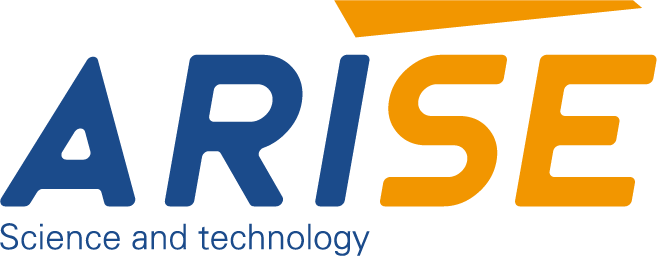Future Trends in Web Guiding Systems for the Packaging Industry
Web guiding systems are critical in ensuring the precision and quality of packaging materials by ensuring precise alignment of materials, such as paper, films, or foils, during production processes like printing, laminating, and cutting. As the packaging industry evolves to meet increasing demands for quality, speed, and sustainability, web guide systems are also advancing. This article explores the future trends in web guiding systems for the packaging industry, highlighting how these innovations are set to revolutionize the sector.
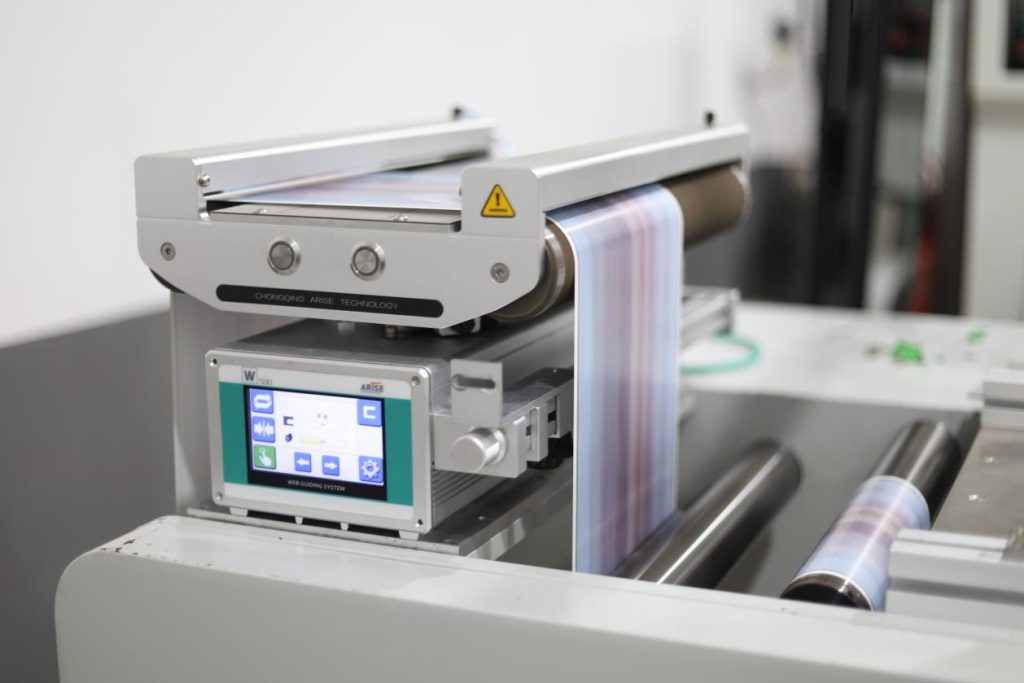
Table of Contents
Why Use Web Guiding Systems for the Packaging Industry
The primary reason to use web guiding systems lies in their ability to automate the alignment process. By continuously monitoring the position of the material and making real-time corrections, these systems eliminate the need for manual adjustments, which can be slow and prone to error. This not only enhances productivity but also ensures that products meet stringent quality standards, a critical factor in competitive industries like packaging.
Additionally, web guiding systems contribute to cost efficiency. By minimizing material waste and reducing production errors, manufacturers can lower operational costs while maintaining high output levels. The ability to operate at faster speeds without sacrificing accuracy further boosts overall efficiency, making these systems an indispensable tool for modern packaging lines.

How Web Guiding Systems Work for the Packaging Industry
This chart explains the work process of web guiding systems, ensuring them deliver precision and reliability in packaging production lines.
| Process Stage | Description | Function/Impact |
| 1. Sensing | Web guide sensors such as ultrasonic, infrared, or cameras detect the web material’s position. | Provides real-time monitoring of alignment and tracks material edges or centerlines. |
| 2. Data Analysis | A web guiding controller processes sensor input to determine misalignment and calculate corrective actions. | Ensures accurate and timely decisions for repositioning. |
| 3. Corrective Action | Actuators, guide rollers, pivot frames, or linear motors adjust the web position based on control unit feedback. | Repositions the material for proper alignment without halting production. |
| 4. Tension Control | Tension control mechanisms like load cells or dancer rolls regulate web tension to avoid slack or excessive tightness. | Maintains smooth material flow, preventing wrinkles and ensuring consistent quality. |
| 5. Feedback Loop | Sensors continuously monitor and provide updated data after corrections. | Enables ongoing adjustments, ensuring precise alignment throughout the production process. |
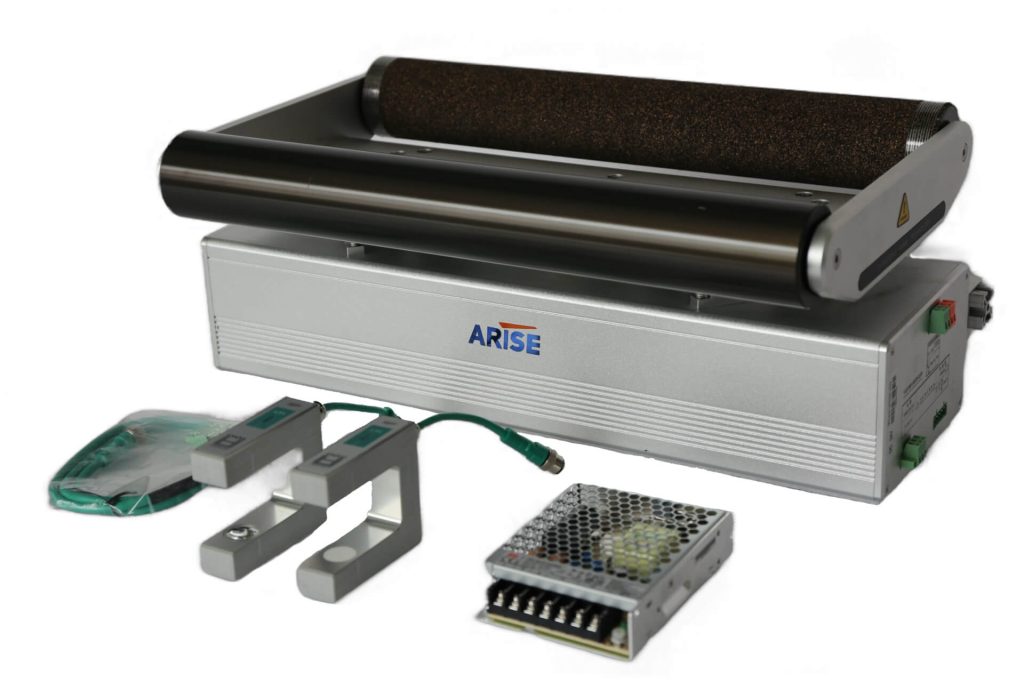
Emerging Innovations in Web Guiding Systems for the Packaging Industry
1. Integration of Artificial Intelligence (AI) and Machine Learning (ML)
One of the most significant trends in web guiding systems is the integration of AI and ML. These technologies enable systems to learn from historical data, predict potential issues, and make real-time adjustments to maintain optimal performance. AI-powered web guiding systems can analyze patterns in material behavior, detect anomalies, and automatically correct deviations without human intervention. This not only reduces waste but also enhances productivity by minimizing downtime.
For instance, AI algorithms can predict when a roll of material is likely to cause misalignment based on past performance, allowing the system to preemptively adjust the guiding mechanism. This predictive capability is particularly valuable in high-speed packaging lines where even minor errors can lead to significant material waste.
2. IoT-Enabled Smart Web Guiding Systems
The Internet of Things (IoT) is another game-changer for web guiding systems. IoT-enabled devices can communicate with each other, providing real-time data on system performance, material usage, and environmental conditions. This connectivity allows for remote monitoring and control, enabling operators to manage multiple production lines from a centralized location.
Smart web guiding systems equipped with IoT sensors can provide insights into machine health, predict maintenance needs, and optimize material usage. For example, if a sensor detects that a roll of material is nearing its end, the system can automatically prepare for a roll change, reducing downtime and improving efficiency.
3. Enhanced Precision with Advanced Sensors
As packaging materials become more diverse and complex, the need for precision in web guiding systems has never been greater. Future web guiding systems will likely incorporate advanced sensors, such as laser-based or vision-based sensors, to achieve higher levels of accuracy. These sensors can detect even the slightest misalignment and make micro-adjustments to ensure that the material is perfectly aligned throughout the production process.
Vision-based sensors, in particular, are expected to play a crucial role in the future. They can capture high-resolution images of the material and use image processing algorithms to detect defects, measure thickness, and ensure proper alignment. This level of precision is essential for industries that require high-quality packaging, such as pharmaceuticals and food and beverage.
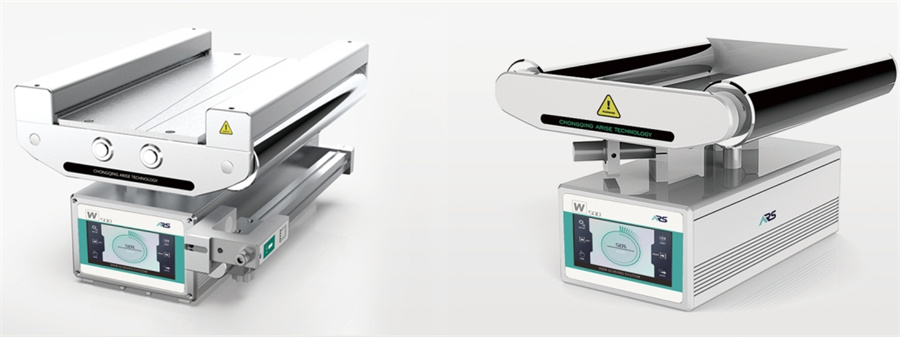
4. Sustainability-Driven Innovations
Sustainability is a growing concern in the packaging industry, and web guiding systems are no exception. Future systems will be designed with sustainability in mind, focusing on reducing material waste, energy consumption, and environmental impact. For example, AI and IoT technologies can optimize material usage by ensuring that only the necessary amount of material is fed into the production line, minimizing waste.
Additionally, web guiding systems will increasingly be made from eco-friendly materials and designed for easy recycling at the end of their lifecycle. Energy-efficient motors and components will also become standard, reducing the overall carbon footprint of the packaging process.
5. Adaptability to Diverse Materials
The packaging industry is seeing a shift towards the use of diverse materials, including biodegradable films, flexible plastics, and recycled materials. Advanced web guiding systems will need to be highly adaptable to handle these varying materials without compromising on performance. This adaptability will be achieved through modular designs that allow for quick adjustments and the integration of advanced sensors that can detect and respond to different material properties.
For example, a web guiding system might need to adjust its tension settings when switching from a rigid material to a more flexible one. Advanced systems will be able to make these adjustments automatically, ensuring consistent quality across different materials.
6. Human-Machine Collaboration
As automation becomes more prevalent, the role of human operators is evolving. Future web guiding systems will be designed to facilitate seamless collaboration between humans and machines. User-friendly interfaces, augmented reality (AR) displays, and voice-activated controls will make it easier for operators to interact with the system and make informed decisions.
AR, in particular, has the potential to revolutionize how operators interact with web guiding systems. By overlaying digital information onto the physical production line, AR can provide real-time guidance, highlight potential issues, and offer step-by-step instructions for troubleshooting. This not only improves efficiency but also reduces the likelihood of human error.
7. Cybersecurity Measures
With the increasing connectivity of web guide control systems, cybersecurity will become a critical concern. Future systems will need to incorporate robust cybersecurity measures to protect against potential threats, such as data breaches or cyber-attacks. This will involve the use of encrypted communication protocols, secure authentication methods, and regular software updates to address vulnerabilities.
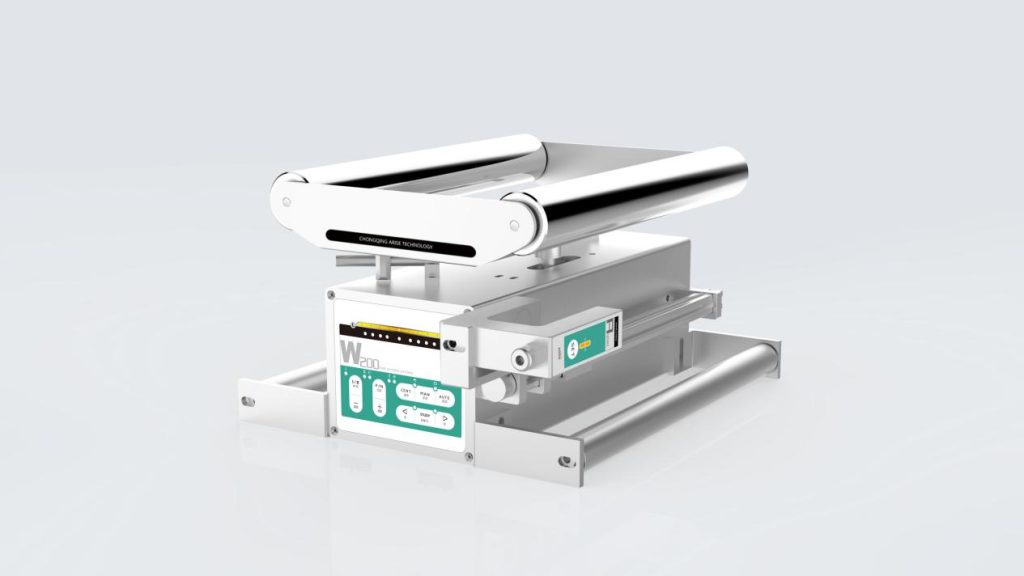
Summary
The future of web guiding systems in the packaging industry is defined by advancements in technology, a focus on sustainability, and a drive for greater efficiency. By integrating smart features, improving adaptability, and aligning with Industry 4.0 standards, these systems are set to transform packaging operations. With these innovations, packaging companies can meet the growing demands of a rapidly changing market.
